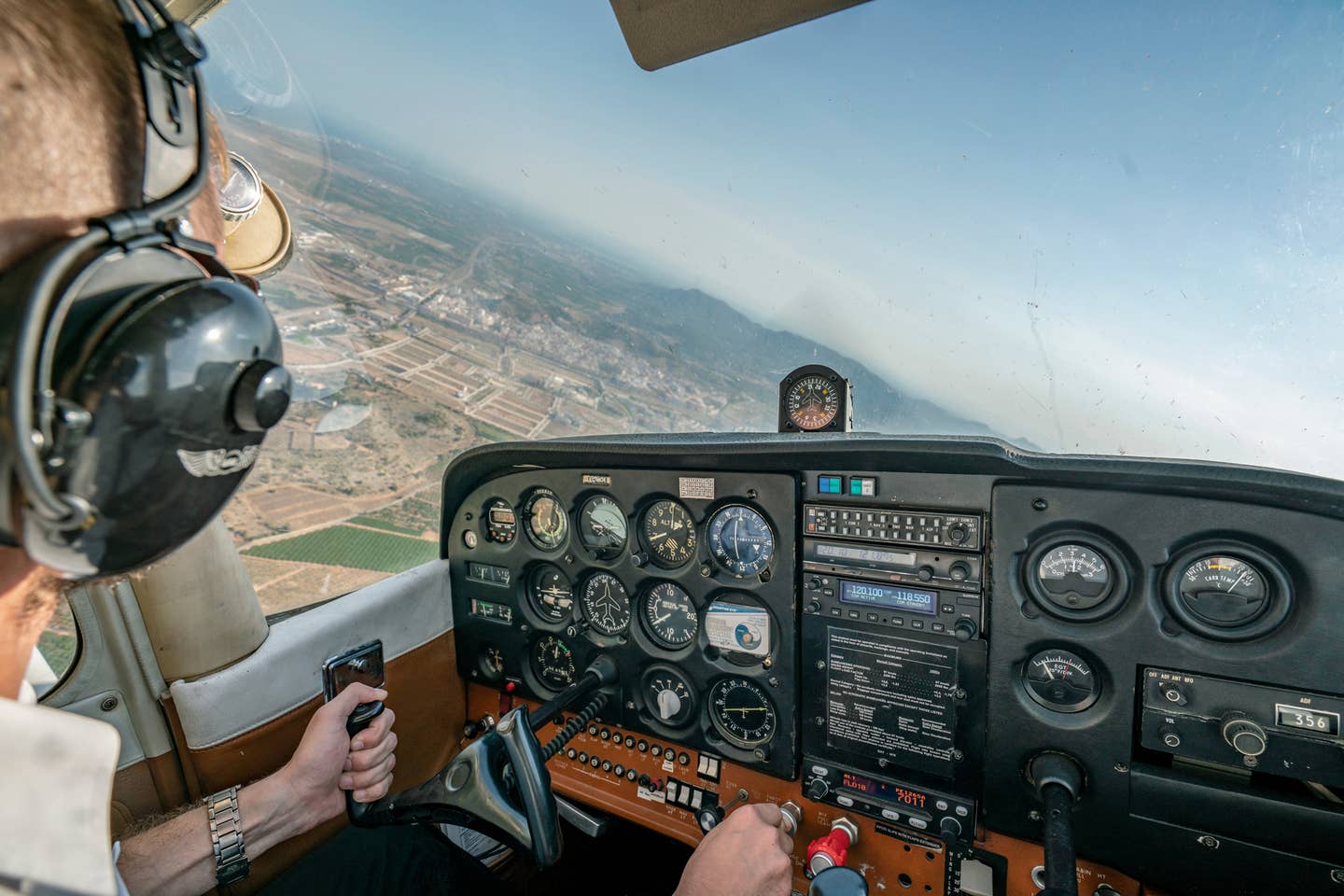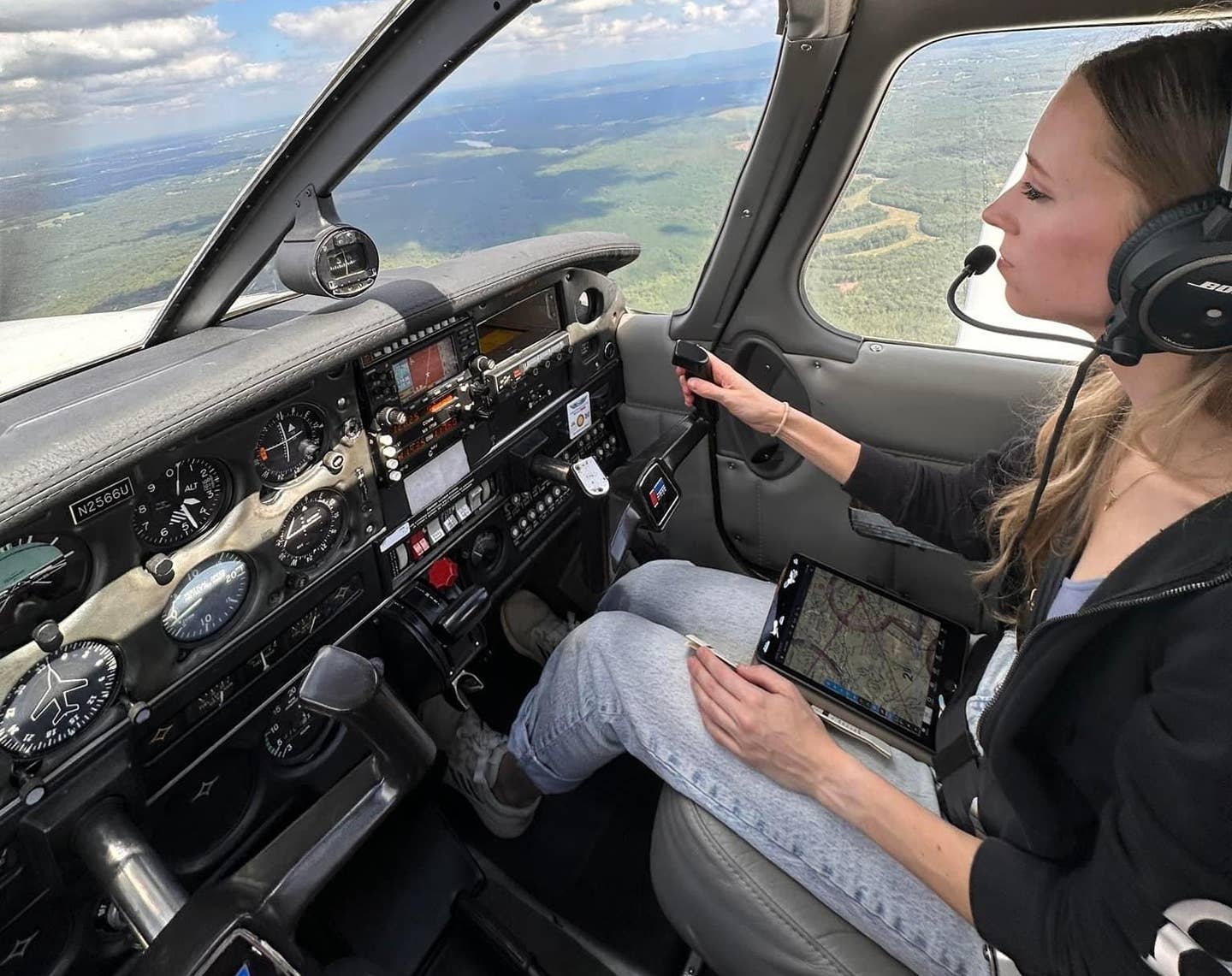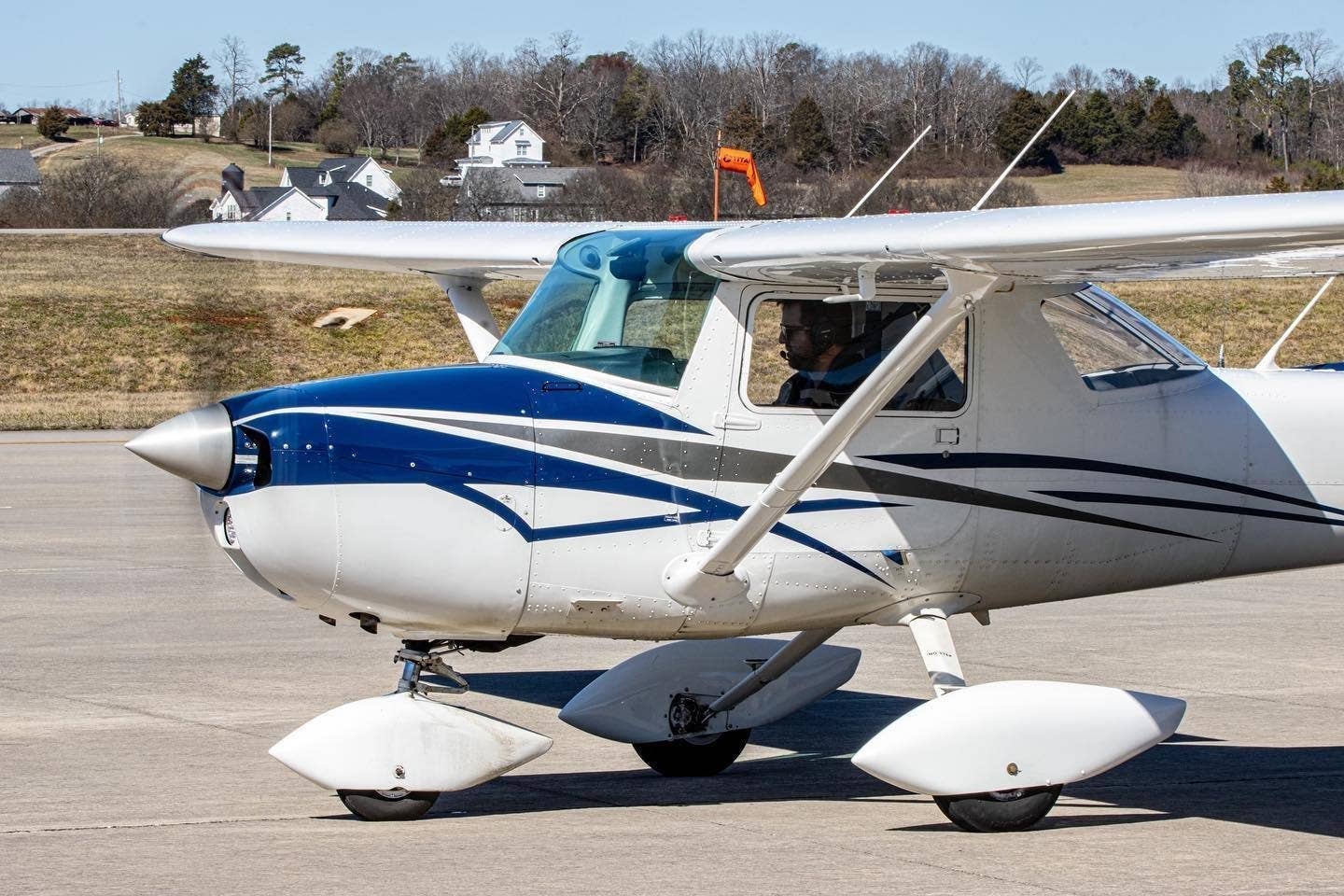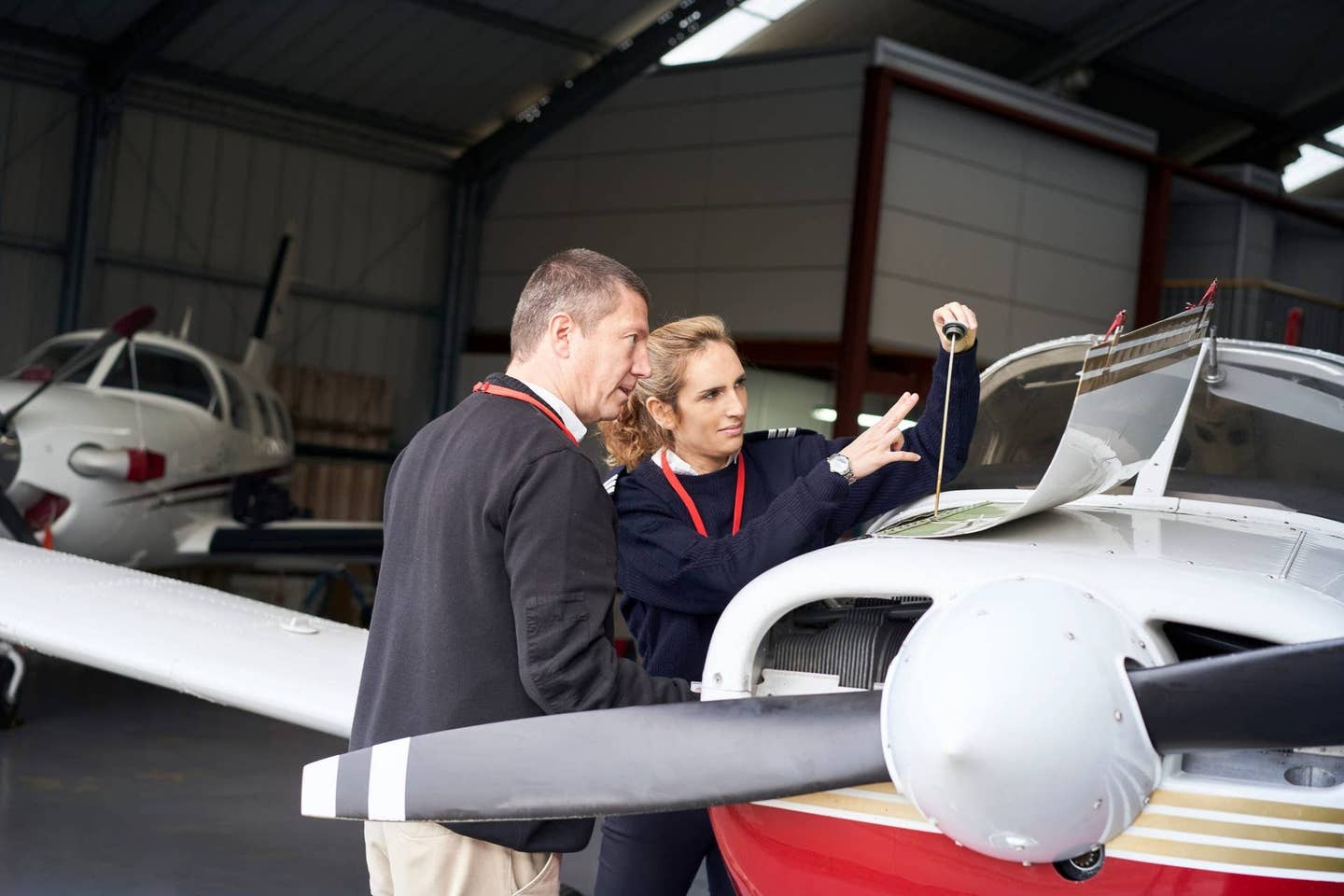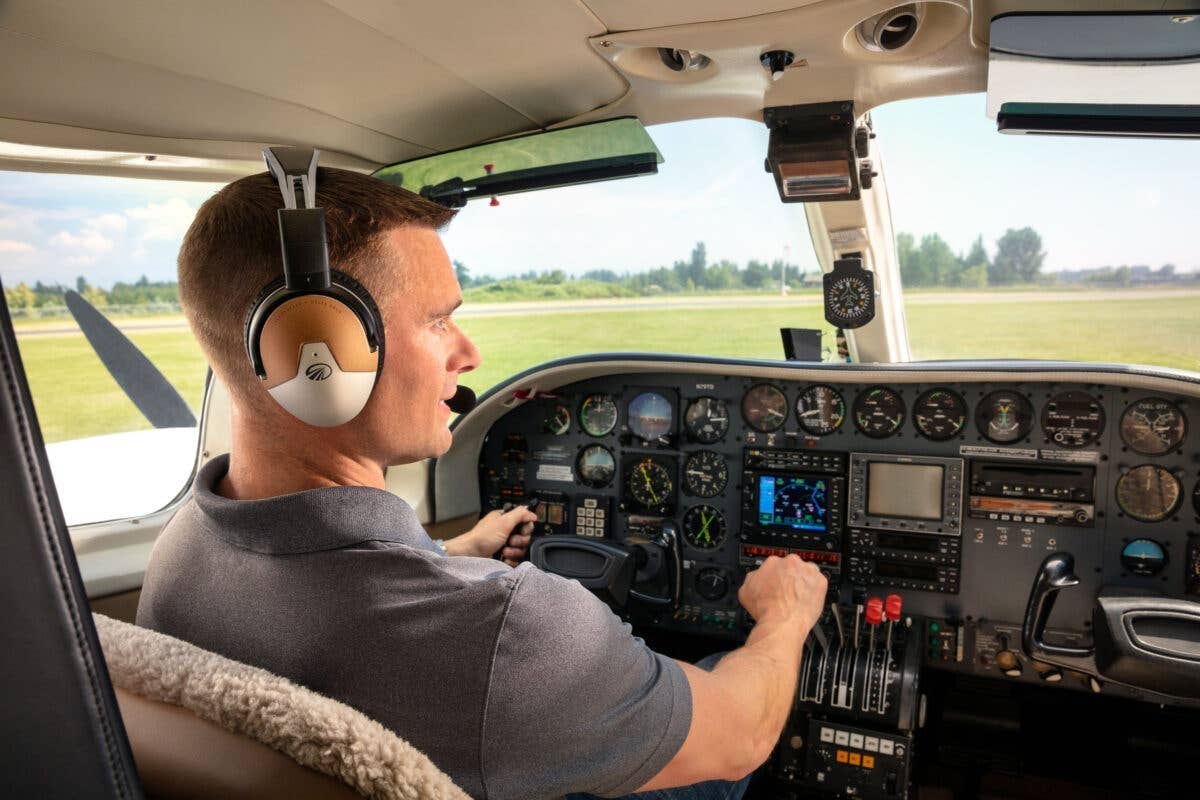 |
Too many of us take climb for granted. The sentiment often seems to be, "What's the big deal? You push the throttle full forward, rotate, clean up the airplane; then hold the proper airspeed until you reach cruising altitude."
You could do it that way, and thousands of pilots operate with exactly those simplified procedures every day. As you might have expected, however, there are better ways.
All of us learned (or should have) in flight school that there's only one speed at which an airplane will climb at optimum rate. That might seem to suggest the method above is valid.
Far from it. Before we examine climb performance, however, it's important to consider the factors that affect rate of climb. Some pilots who have little need to fly high and therefore never see altitudes much above 5,500 feet may not see the need to investigate climb at high-density altitude, but if you operate over mountainous terrain, you may be dealing with it on a regular basis.
As most of us remember from private pilot ground school, density altitude is a term used to describe the relative density of air as we climb away from Earth. Temperature, pressure and humidity all bear on a proper calculation of density altitude, but by far, the dominant factor is temperature.
Warm air expands, and that means a given cubic foot of air at a higher temperature has fewer gas molecules than you'd normally expect. It also means the air will offer less oxygen to feed the engine and provide less lift.
There are three effects of thinner air on an aircraft. First, the engine burns gasoline and air in a fixed proportion (somewhere around 15 parts air to one part fuel), so the less dense the air, the less power the engine can develop. That's the reason we need to lean the mixture---to reduce the amount of fuel to maintain that 15-to-one relationship as we climb higher.
Secondly, thinner air leads to reduced propeller efficiency, because the prop has less bite with every revolution. Unfortunately, you can't recover the lost power by turning the prop faster because of engine limitations, regardless of whether your airplane is equipped with a fixed pitch or constant speed prop.
Finally, thinner air has the same effect on the wing as it does on the prop. The wing is less efficient in thinner air, developing less lift, and again, reducing the airplane's climb efficiency.
For convenience's sake, let's assume you fly a Mooney M20F. (Okay, that's my airplane, and I don't loan it out, but just pretend.) The type of airplane doesn't matter much, though as we'll see later, it DOES matter. An M20F has two best climb speeds, one for best rate of climb (Vy) and the other for best angle of climb (Vx). Vx on my airplane is allegedly 84 knots all the way from sea level to the service ceiling. (More on that later). Vy on a Mooney M20F is 98 knots at sea level, gradually reducing to 83 knots at 16,000 feet, near the airplane's service ceiling.
You may notice that the reduction in climb speed corresponds almost exactly to one knot per thousand feet. If you maintain the same climb forward speed with increasing altitude, it will take longer to reach your desired cruise height. The speeds are dependent upon density altitude, and they're pretty much immutable. If you need to achieve the maximum rate of climb, these speeds will deliver the best possible ascent.
Assuming you leave power to the wall, any lower climb speed will result in a higher angle of attack, adding more drag and reducing climb. A higher forward speed also will increase drag and produce a lower rate of climb.
Normally, Vx isn't an especially valuable number unless you live in the mountains or another location with obstructions or higher terrain off the end of the runway. Operating at Vx can also compromise engine performance with high oil and cylinder head temperatures that may force you to drop the nose to Vy or an even higher speed. Theoretically, you should have the cowl flaps open during climb, anyway, but if you don't, that should be your first correction. Another method of reducing oil and cylinder head temps in the climb is to go to full rich. (Be careful if you're already at high altitude, say 8,500 feet or higher, as the engine may become rough from the excessively rich mixture.)
Operating at Vx can be a little more challenging because it's closer to the aircraft stall speed. Perhaps for that very reason, Vx is often included in some flight manuals with flaps partially down, but
not with the underwing clean. This suggests that the inclusion of Vx is skewed more toward go-arounds than initial climb. The majority of general aviation designs specify flaps full up for takeoff, but may be more forgiving of small flap deflections during go-arounds.
Another factor that many pilots ignore is gross weight. The standard speeds for Vx and Vy listed above apply only to operation at gross weight. If you're flying at less than gross, you'll need to adjust your climb speeds accordingly, this time by the same one-knot reduction for every 100 pounds under gross.
Since few pilots deliberately fly aircraft with Standard Airworthiness Certificates over gross (it says here), most of us will be operating at or under gross much of the time. If I fly my Mooney at, say, 2,300 pounds, rather than the specified max gross weight of 2,740 pounds, I should reduce Vy by four knots. If I choose to ignore the reduction in climb speed associated with both altitude and weight reduction, I'll be operating at roughly 13 knots higher speed than I should be. This might correspond to a cruise climb, but it certainly has no resemblance to an accurate best rate or best angle ascent.
In fact, however, the more efficient climb speed may very well be a cruise climb that will usually deliver the maximum distance covered in the shortest time. Other advantages of cruise climb are better visibility over the nose and lower oil and cylinder head temperatures as a result of more ram air through the cowling. Disadvantages may be a slightly higher fuel burn because of the longer time spent at the higher power setting and the increased time spent in low altitude turbulence.
For most aerodynamically efficient aircraft, cruise climb numbers aren't in the airplane flight manual. On my Mooney, the rule of thumb and forefinger for determining the most efficient cruise climb is to increase Vy by the difference between Vx and Vy. On my airplane, that's an average of about 10 to 12 knots, so I'd need to use an initial climb speed of 98+12=110 knots for cruise climb, again reducing by roughly one knot per thousand feet. Instead, I'll often start at 120 knots and settle for an initial 600 fpm. Mooneys seem happier at slightly higher velocities.
Remember that you can begin leaning the engine anytime you're operating at or below 75% power, regardless of altitude. If you're planning to fly high, say 8,500 feet MSL or above, you can probably start leaning when you pass about 6,500 feet. Some induction systems are more efficient than others and will preserve more power at high altitude. Check your airplane's flight manual to determine when your engine should be at or below 75% power, and be safe to begin leaning. (Remember that you need to use density altitude, not pressure altitude, to determine when to lean.)
Slick airframes, such as the Beech Duke or Aerostar, may deliver even better efficiency at even higher cruise climb speeds. When I was delivering new Aerostars from the manufacturing facility in Santa Maria, Calif., to locations around the world 25 years ago, I used climb speeds of 160 knots or more, and rarely saw much deterioration in climb performance.
When you reach cruise altitude, don't immediately push over to level for cruise. If you do, the airplane will struggle to accelerate to its final cruise velocity. There's no need to climb a few hundred feet above cruise height, then dive down to put the airplane "on the step," a much debated but fallacious concept (I can almost see the emails now), but you'll only prolong the transition to cruise if you force the bird to mush its way to cruise speed from below.
Instead, allow the airplane to accelerate to its maximum cruise speed before reducing to your favorite power setting. Keep in mind that if you're planning to operate at 6,500 feet or above, a normally aspirated engine will only deliver about 75% power anyway, so you're not hurting anything by letting the airplane accelerate to max speed before reducing power.
With most non-turbocharged, general aviation airplanes, no throttle adjustment will be required if you're planning to run 75%. Dial back the rpm if necessary, but the only normal power adjustment may be leaning the mixture for optimum fuel burn.
Once the airplane has settled on its maximum speed, adjust the cowl flaps, lean the mixture and adjust the trim as you settle into the final cruise configuration. Your airplane's level of complexity doesn't really matter.
A friend in Alaska used to joke that his Cub was so simple, he had only one number to remember. "This airplane climbs at 60, cruises at 60 and lands at 60, so that's the only number I care about."

Subscribe to Our Newsletter
Get the latest Plane & Pilot Magazine stories delivered directly to your inbox

